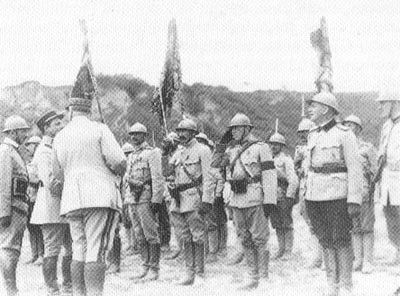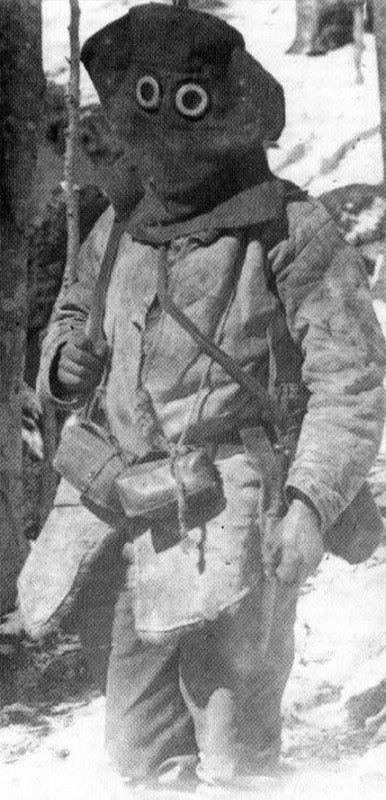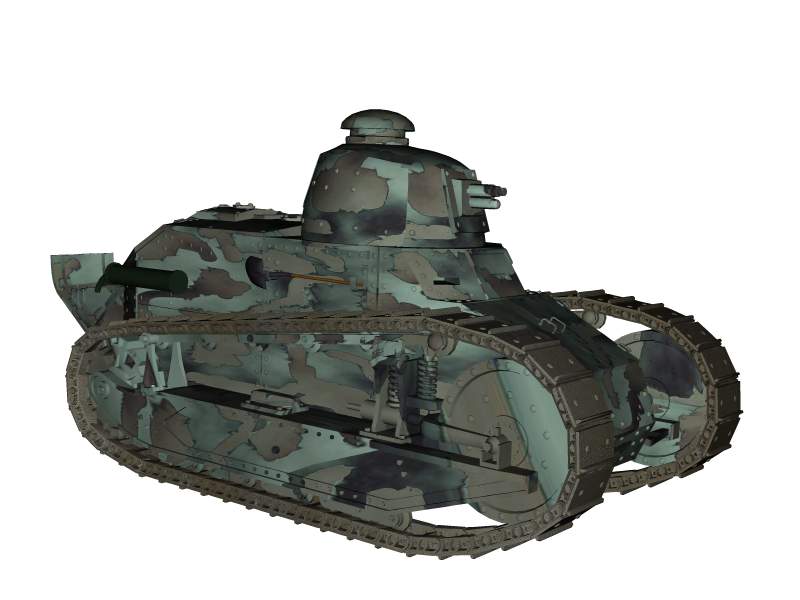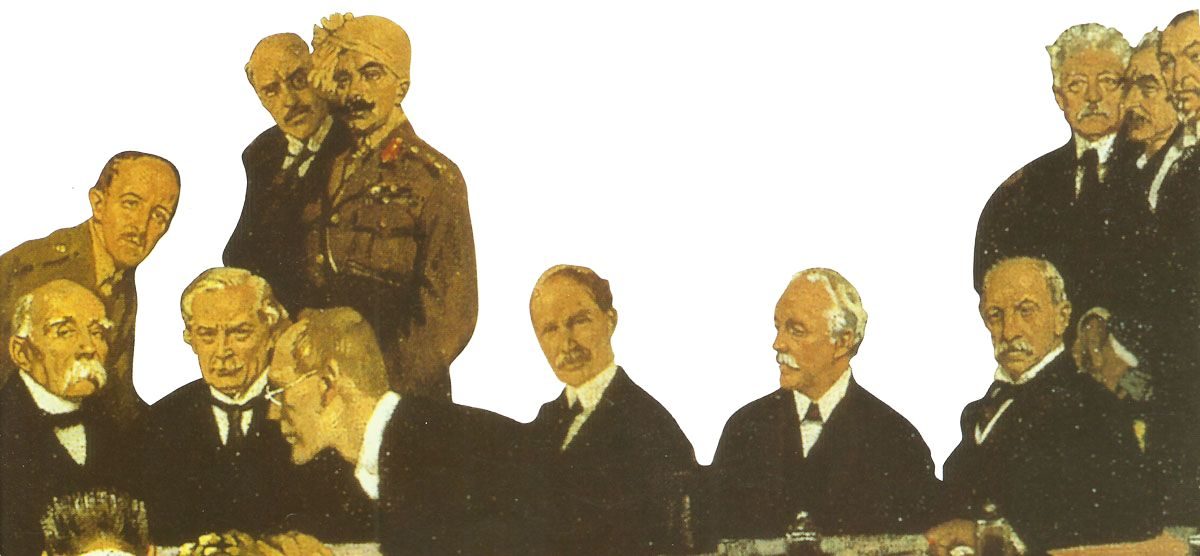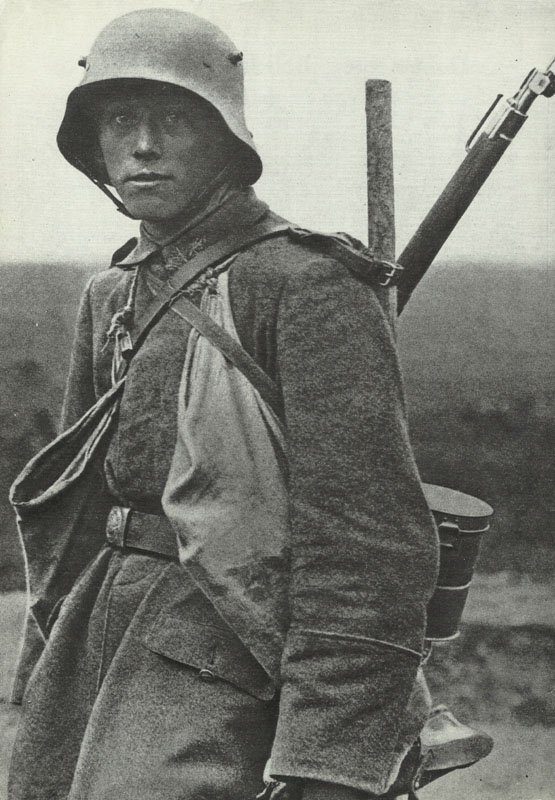The Army of Romania in World War One from 1916-1918.
Uniforms, strength, casualties and organization of the Romanian Army.
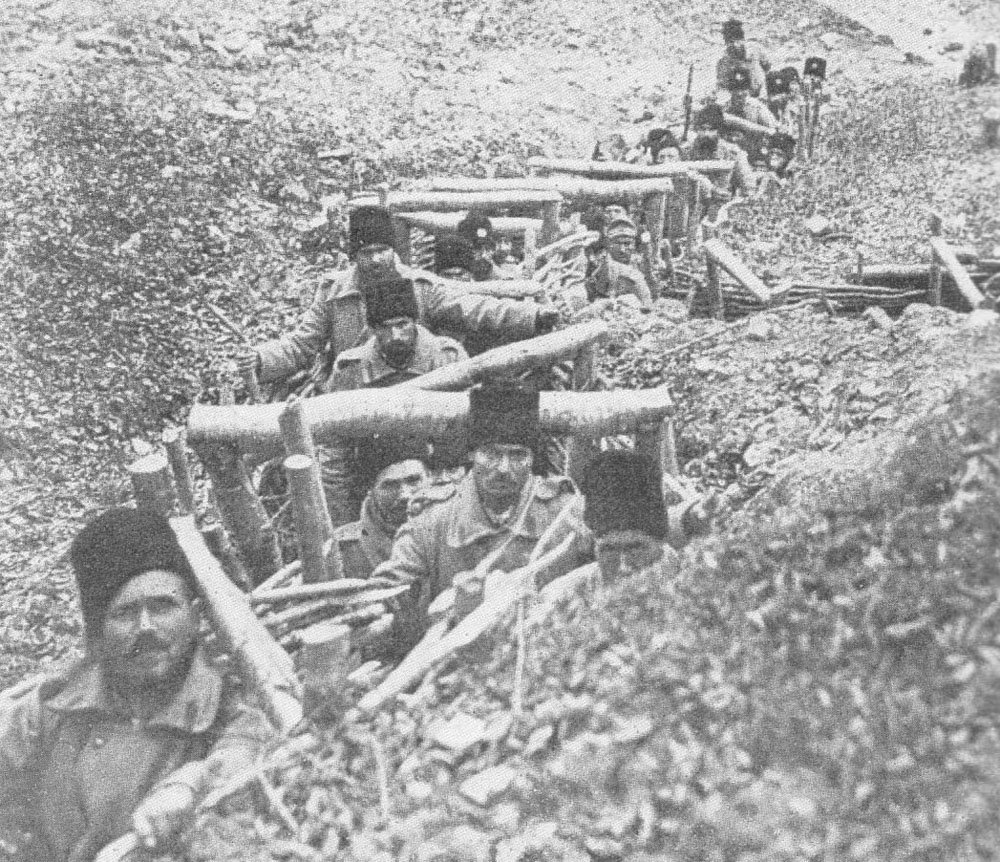
Romanian Army in World War One
Table of Contents
The Romanian Army played a significant role in World War I, although its involvement was marked by both successes and setbacks.
Overview
Initial neutrality: Romania remained neutral from 1914 to 1916, despite having a secret alliance with the Triple Alliance (Germany, Austria-Hungary, and Italy).
Entry into the war: Romania joined the Allies (Britain, France, and Russia) on August 27, 1916, primarily motivated by the promise of territorial gains, especially Transylvania from Austria-Hungary.
Early offensive: The Romanian Army initially launched an offensive into Transylvania, making some gains against Austro-Hungarian forces.
Central Powers counterattack: Germany, Austria-Hungary, and Bulgaria launched a successful counteroffensive, forcing the Romanian Army to retreat.
Territorial losses: By December 1916, the Central Powers had occupied much of Romania, including the capital Bucharest. The government and army retreated to Moldavia.
Successful defense: The reorganized Romanian Army successfully defended Moldavia against Central Powers offensives in summer 1917, particularly at Mărăști, Mărășești, and Oituz.
Russian withdrawal: The Russian Revolution and subsequent withdrawal of Russian forces from the war left Romania isolated on the Eastern Front.
Separate peace: Facing a difficult strategic situation, Romania signed a separate peace treaty (Treaty of Bucharest) with the Central Powers in May 1918.
Re-entry and aftermath: Romania re-entered the war on November 10, 1918, just before the Armistice. After the war, Romania gained significant territories, including Transylvania, Bessarabia, and Bukovina.
The Romanian Army faced numerous challenges during the war, including inadequate equipment, logistical issues, and being outnumbered by enemy forces. Despite these difficulties, they showed resilience and achieved some notable successes, particularly in the 1917 defensive battles.
Romania in World War One
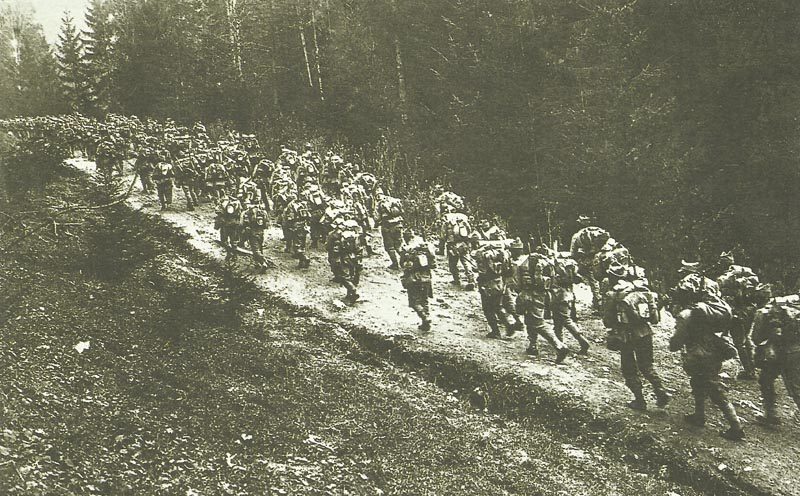
On August 17, 1916, Romania settled the military alliance with the Allies which had been forced upon her, and after that instantly started to disprove the belief – nevertheless present among the great powers 50 years later – that allied is undoubtedly superior to a neutral. The Allies had expected that the in excess of 500,000 men strong Romanian forces would be dispatched to the south towards Bulgaria, after which probably link up with their own troops at Salonika.
However, Romanian territorial claims towards Bulgaria had been recently fulfilled by the Treaty of Bucharest of 1913 which had finished the 2nd Balkan War. In contrast, Romania nevertheless had dreams, which were termed as ‘national aspirations’, for Austro-Hungarian Transylvania. So, on August 27, 1916, to the consternation of Allies and Central Powers as well, Romania marched north.
So in the beginning the Romanian army carried all in advance of it, taking the provincial capital of Transylvania at the beginning of September. However, by solid organization and by choosing remarkable risks in scraping together reinforcements from peaceful areas of other fronts, the German high command did simply manage to master the problem. Falkenhayn attacked the Romanians in Transylvania, while Mackensen went through Bulgaria and attacked this new opponent from the south, driving the Romanians out of their Dobrudja region.
At this point it turned out to be obvious that the Romanian army was even worse skilled and even worse prepared than the pessimists had stated, and in nevertheless the easy-going Romanian officers had been illadapted to modern warfare. The Romanians requested Russian help, and it was Russian soldiers which inflicted a brief check on Mackensen in mid-September.
But Prior to the end of the month, regardless of Russian diversionary attacks farther north, both German armies had been threatening the center of Romania. In the south Mackensen forced his adversary across the Danube, while the Romanian forces which had so politely occupied Transylvania 30 days earlier, had been at this moment in complete retreat.
On October 23, Mackensen captured the key Black Sea port of Constanta, and within early December Bucharest was captured. The Romanian military was now wiped out at this point: it defended with Russian help a small sector of Romanian area close to Jassy and it was becoming restructured by a French general in the hope of better times to come.
Romanian Forces on August 27, 1916
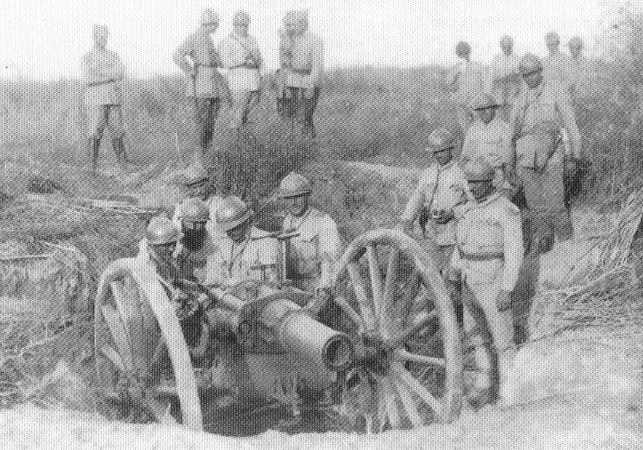
620,000 men (440.000 effective troops) under CoS Dimitri Iliescu with 1,300 guns (768 modern), 574 machine-guns, 14 aircraft (35 pilots + 60 under training) in total 4 armies with 23 infantry divisions (13 newly formed, 5 without machine-guns) and 2 Cavalry divisions.
First Army (Culcer): c.4.5 divisions and 3 cavalry brigades
Second Army (Grainiceanu): c.4 divisions and 4 cavalry brigades
Third Army (Averescu): c.4 divisions, 1 cavalry brigade
Fourth Army (Prezan): c. 4 divisions, 1 cavalry brigade
Reserves: 2-3 divisions
Navy: 1 Coastal Defense Ship, 4 auxiliary cruisers, 3 torpedo boats, 11 small gunboats and guard ships, 4 river monitors, 8 river torpedo boats, c.10 patrol boats.
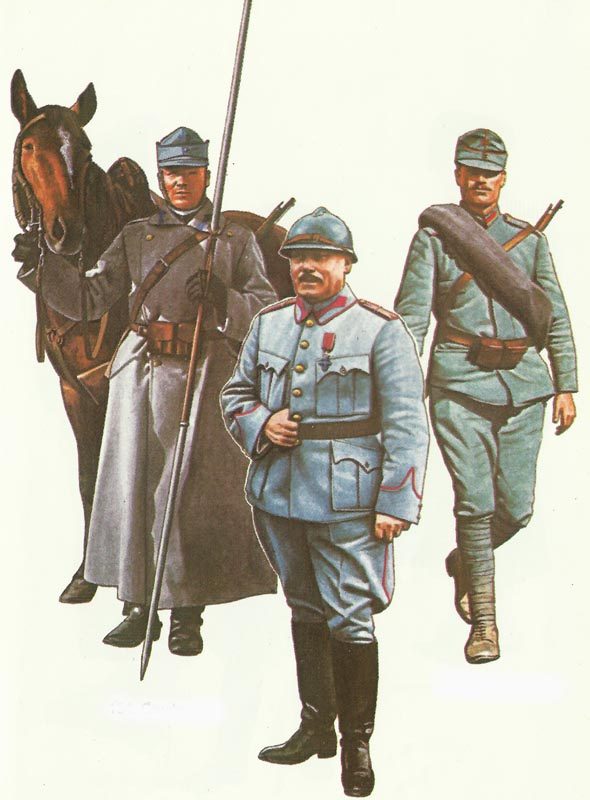
Romania (August 27, 1916 – May 7, 1918)
- Soldiers available on mobilization = 350,000
- Army strength during the war = 1,000,000
- KIA Military = 340,000
- Wounded Military = 510,000
- Civilian losses = 800,000




